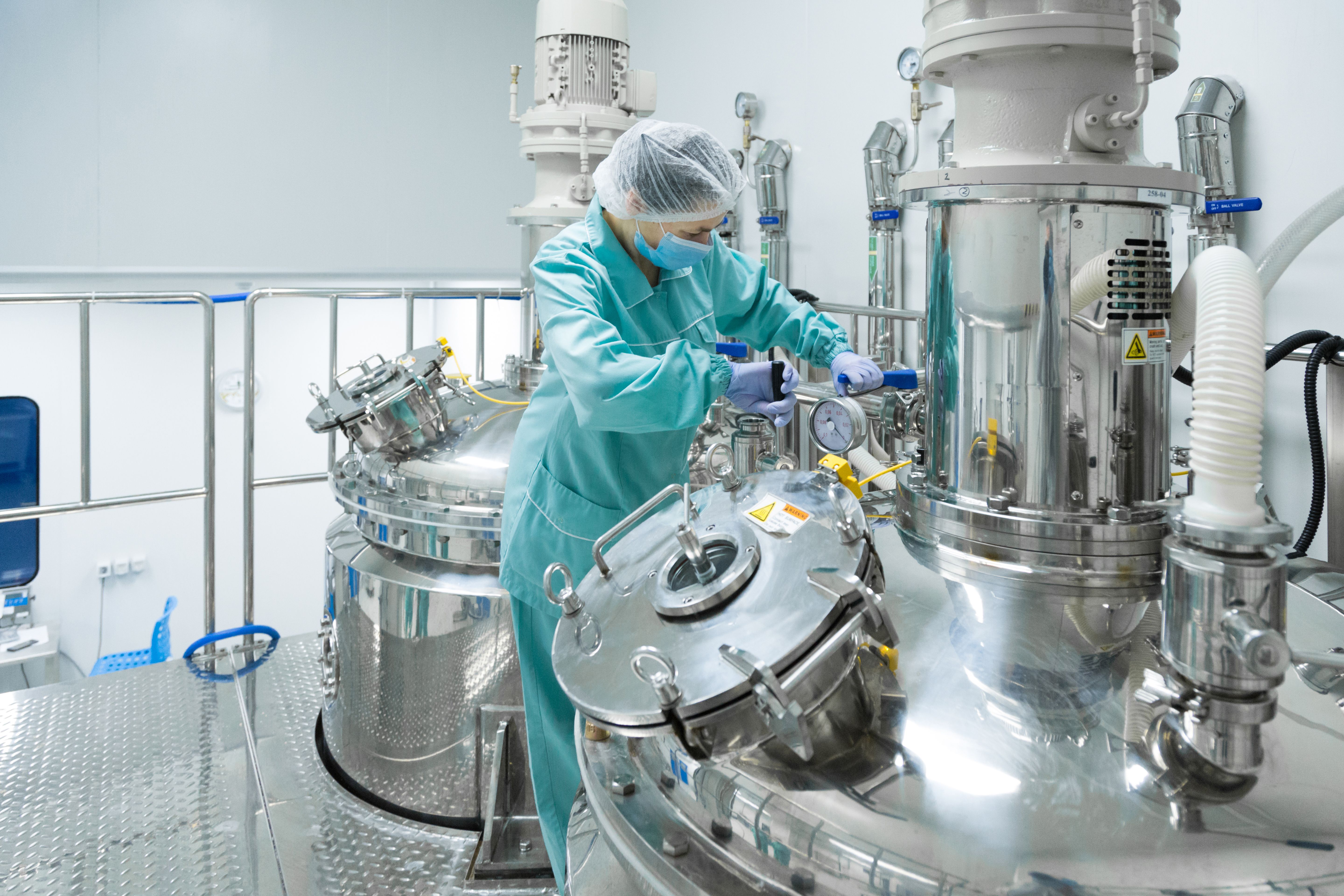The Impact of Terahertz Spectroscopy and Low-Wavenumber Raman Spectroscopy on Pharmaceuticals, Agriculture, and Minerals
A recent study examined terahertz (THz) spectroscopy and low-wavenumber Raman spectroscopy and their recent impact on three major industries.
The use of terahertz (THz) spectroscopy and low-wavenumber Raman spectroscopy is changing the future of the pharmaceutical, agriculture, and mineral industries, according to a published review article in Optics & Laser Technology (1).
THz spectroscopy is a spectroscopic technique that can detect properties of matter with electromagnetic fields. It has been used in various industries because of its ability to characterize intramolecular and intermolecular interactions, providing scientists with information about a specific material (2). The technique has been used in narcotics, for example, to study the features of methamphetamine (2). It has expanded its utility by being introduced in other industries, such as pharmaceuticals, agriculture, and minerals.
Pharmaceutical factory woman worker in protective clothing operating production line in sterile environment | Image Credit: © Ivan Traimak - stock.adobe.com

This review article sheds light on the transformative potential of advanced spectroscopic techniques, specifically THz spectroscopy and low-wavenumber Raman spectroscopy (THz-Raman spectroscopy) in these fields. This comprehensive analysis, led by Amartya Sengupta from the Indian Institute of Technology, delves into the significant impacts these technologies have across various industries, including pharmaceuticals, agriculture, and minerals.
In the pharmaceutical industry, ensuring the quality and stability of drug formulations is important to public health. The review article covers how THz spectroscopy has emerged as an important tool in this sector. What makes THz spectroscopy valuable in pharmaceuticals, the authors write, is that the technique can probe the far-infrared (Far-IR) region and interact with low-energy molecular modes (1). This, in part, makes it indispensable for analyzing the molecular properties of pharmaceuticals (1).
Low-wavenumber Raman spectroscopy complements THz spectroscopy by offering a different but equally valuable perspective on the molecular composition of pharmaceutical compounds (1). Together, these techniques provide a comprehensive toolkit for the rigorous quality control measures necessary in drug development and production. By enabling precise analysis of active ingredients and their interactions, these spectroscopic methods help ensure the safety, efficacy, and reliability of medicinal products (1).
Meanwhile, delving into the agriculture sector, the authors discussed how these techniques are utilized in crop management, soil analysis, and resource utilization. By providing detailed information about the molecular composition of agricultural samples, these spectroscopic methods enable farmers and researchers to optimize crop yields and manage resources more efficiently (1).
Citing a few examples, the authors explained how THz and Raman spectroscopy can, when used in conjunction with one another, conduct soil analysis and measure it for its nutrient levels that can affect plant growth (1). This information allows for more precise application of fertilizers and other inputs, promoting sustainable farming practices (1). Additionally, these techniques can help in detecting plant diseases and assessing crop quality, further enhancing the overall efficiency and productivity of agricultural operations (1).
The authors also covered the mineral industry. The review by Sengupta and his team highlighted how THz and low-wavenumber Raman spectroscopy provide detailed insights into the molecular structure and composition of minerals, which can aid in their accurate identification. The ability to analyze minerals at the molecular level allows for more efficient exploration by identifying potential mining sites with greater precision (1). During extraction, these spectroscopic methods help in monitoring the quality and composition of extracted materials, ensuring they meet industry standards (1). In processing, they facilitate the refinement of minerals, improving the overall efficiency and sustainability of the mineral industry (1).
The review emphasizes that the evolving landscape of THz and low-wavenumber Raman spectroscopy is driving innovation across these critical sectors. By enabling multi-parameter sensing at the molecular level, these techniques enhance precision and efficiency in various industrial processes (1). This not only improves the quality of products and processes, but it also fosters sustainable practices by optimizing resource utilization and reducing waste (1).
By offering detailed insights into the molecular properties of various samples, Sengupta and the team demonstrated that these advanced spectroscopic techniques are revolutionizing analytical methodologies across diverse industrial landscapes.
References
(1) Singh, K.; Bajaj, N.; Kashyap, M.; et al. Applications of Multi-Parameter Sensing in Pharmaceutical, Agriculture and Mineral Industries Using THz Spectroscopy and Low-Wavenumber Raman Spectroscopy. Optics & Laser Technol. 2024, 177, 111020. DOI: 10.1016/j.optlastec.2024.111020
(2) Ghann, W.; Uddin, J. Terahertz (THz) Spectroscopy: A Cutting-Edge Technology; Uddin, J., Ed.; IntechOpen: 2017. DOI: 10.5772/67031
AI-Powered SERS Spectroscopy Breakthrough Boosts Safety of Medicinal Food Products
April 16th 2025A new deep learning-enhanced spectroscopic platform—SERSome—developed by researchers in China and Finland, identifies medicinal and edible homologs (MEHs) with 98% accuracy. This innovation could revolutionize safety and quality control in the growing MEH market.
New Raman Spectroscopy Method Enhances Real-Time Monitoring Across Fermentation Processes
April 15th 2025Researchers at Delft University of Technology have developed a novel method using single compound spectra to enhance the transferability and accuracy of Raman spectroscopy models for real-time fermentation monitoring.
Nanometer-Scale Studies Using Tip Enhanced Raman Spectroscopy
February 8th 2013Volker Deckert, the winner of the 2013 Charles Mann Award, is advancing the use of tip enhanced Raman spectroscopy (TERS) to push the lateral resolution of vibrational spectroscopy well below the Abbe limit, to achieve single-molecule sensitivity. Because the tip can be moved with sub-nanometer precision, structural information with unmatched spatial resolution can be achieved without the need of specific labels.